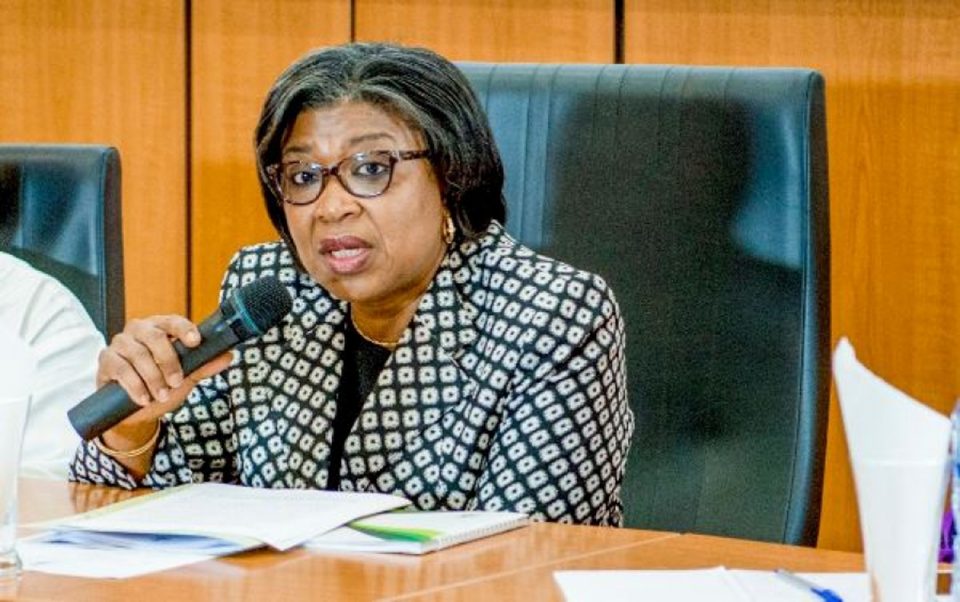Nigeria’s loans from China, France, Japan, India and Germany rose from $1.66bn as of December 31, 2015 to $4.06bn as of December 31, 2020, signifying an increase of $2.4bn or 144.58 per cent in five years.
This is according to the data on external loans obtained from the Debt Management Office.
As at December 31, 2015, Nigeria had borrowed $1.44bn from China’s Exim Bank of China, $157.95m from France’s Agence Francaise Development, $43.88m from the Japan International Cooperation Agency and $11.44m from Germany’s Kreditanstalt Fur Wiederaufbua, making a total of $1.66bn.
The total indebtedness to these countries rose by $26m to $1.92bn by December 31, 2016 with Nigeria owing China $1.64bn, Japan $198.25m, France $70.66m, and Germany $11.09m.
It further rose by $45m to $2.37bn by December 31, 2017 with Nigeria owing China $1.93bn, Japan $274.98m, France $73.45m, and Germany $92.59m.
For the first time, Nigeria borrowed from India in 2018, a total of $14.79m.
By the end of that year, loans from the five countries rose by $72m to $3.09bn with Nigeria owing China $2.49bn, Japan $344.63m, France $75.16m, and Germany $172.02m.
By December 2019, loans from the five countries rose by $76m to $3.85bn with Nigeria owing China $3.18bn, Japan $361.75m, France $$76.13m, India $32.14m, Germany $202.27m.
Nigeria’s debt profile from the five countries increased by $21m to $4.06bn as of December 31, 2020.
By the end of 2020, Nigeria owned China $3.26bn, Japan $493.71m, France $80.20m, India $37.00m, and Germany $184.32m.
Within the stated period, Nigeria’s indebtedness to China rose by $1.82bn or 126.39 per cent; for France, it rose by $335.76m or 212.57 per cent, while for Japan, it rose by $36.32m or 82.77 per cent, and for Germany, it rose by $172.88m or 1511.19 per cent.
For India, from 2018 to 2020, Nigeria’s debt profile rose by $22.21m or 150.17 per cent.
Bilateral debts make up 15.47 per cent of Nigeria’s total external debts as of December 31, 2015, with a total of $1.66bn, while by December 31, 2020, it made up 12.17 per cent, with a total of $4.06bn, showing a total increase of $2.4bn or 144.58bn.
This shows that Nigeria had borrowed more from other loan financing sources such as multilaterals and commercials than from bilateral sources.
Experts have, however, warned that continued increase in the nation’s debt stock, portends some risks for the country.
The Chief Executive Officer of SD&D Capital Management, Idakolo Gbolade, cautioned the government on constant borrowing, adding that it should examine how it borrowed to save the unborn generation from unending debt.
He said, “Government borrowing to fund infrastructure is not bad but the problem is that the projects should be made to repay the loans.
“The government needs to look into this. For example, projects like roads should be tolled and proceeds used for repayments.”
A professor of economics at the Olabisi Onabanjo University, Ogun State, Prof. Sheriffideen Tella, said there was a need for the government to change its orientation regarding borrowing.
He said, “We have to ask ourselves if it is possible to cut down borrowing. It is possible. We have to re-prioritise our projects.
“We tend to spend more on projects without being cost-effective. Also, can these projects repay themselves? If they cannot, then we are in serious trouble.”
The DMO in its last Debt Sustainability Analysis stated that Nigeria had a moderate risk of debt distress, adding that the country’s external debt was sensitive to shocks in revenue. The PUNCH




